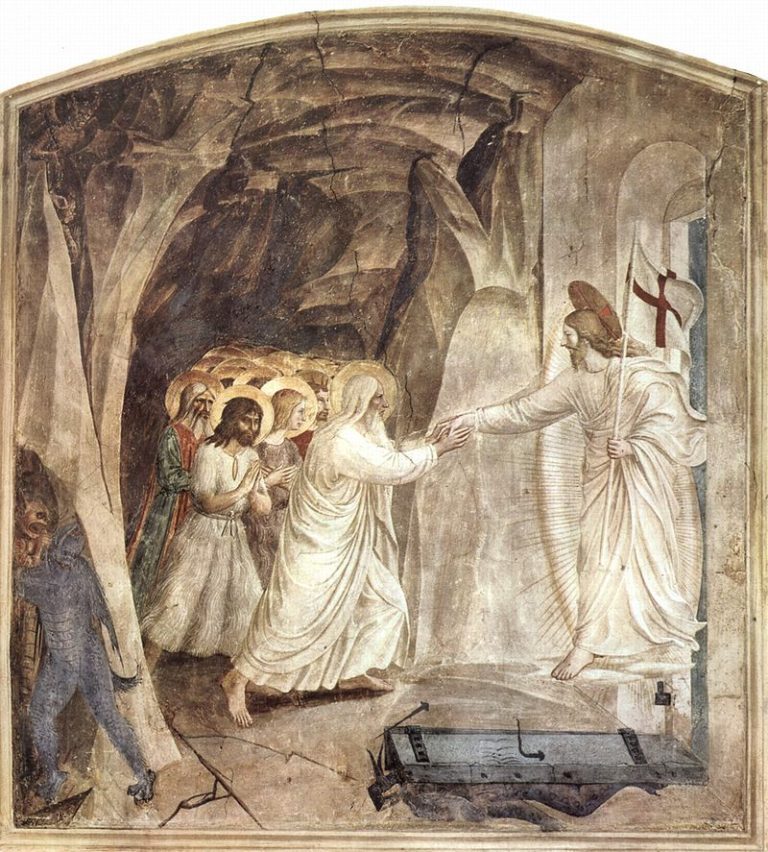Nearly every community in America has, or has had, a group of historical activists who are devoted to “Preserving our heritage”. When large numbers of driven, middle-class Americans with both time on their hands and a desire to “do something” congregate in such groups, some groups work hard to preserve the occasional barn, museum, movie theater, shop, bridge, farm, place where something important may have happened, or scenic vista. Their motives seem sincere, their aims laudable.
Such people have an uncanny instinct for joining others in “community efforts”. If they can get past the egoism involved in being, or not being, selected “leader”, they quickly begin fund-raising. There are auctions, appeals to wealthy oldsters, friends, neighbors, relatives lotteries, recycling drives, requests from local businesses. All manner of money-generating activity begins.
Someone in the group “knows someone” who works at a local media outlet, and is given the job of “public relations” or “community liaison”. Local readers and listeners are regaled with the important progress being made. Generally, they raise at least enough money to accomplish some of their goals, but with the inevitable affairs, divorces, transfers, and battles for status within the group after which the losers withdraw to lick their wounds, it never goes as quickly as had been anticipated.
“People just don’t care enough.” is a frequent lament.
To date, few, if any, good reasons have been discovered as to why more people should.
Nonetheless, such people continue to forge ahead, in community after community after community. The unspoken goal of nearly all is to become so “vital” that “field trips” of helpless schoolchildren will be sent to tour the area, “experiencing the past”.
Once this has happened a few times, the necessary “appearance of importance” is established. Then, the real goal of the leader becomes obvious. He or she turns out to be “the most qualified applicant” for a paid job “directing” the facility. Plans are put in place for the “heritage site” to be funded by the nearest municipality or county
With the help of state or national elected officials, an even more permanent source of funding may be provided by higher levels of government.
II.
The poor, helpless schoolchildren, bused endlessly to worship at the carefully preserved temples to the past, are subconsciously convinced that the only worthwhile things around them, certainly the only things worthwhile enough for their teachers to take busloads of them to, time and time again, are things that aren’t happening anymore.
The status and work that their own parents do, and that they, themselves, might be expected to do when they grow up, is subtly demeaned. Modern work is an attack upon the precious planet, upon indigenous people, on helpless animals, and upon their own futures. Only the past becomes worthy of praise and respect.
No wonder so many kids have to be ritalinized.








